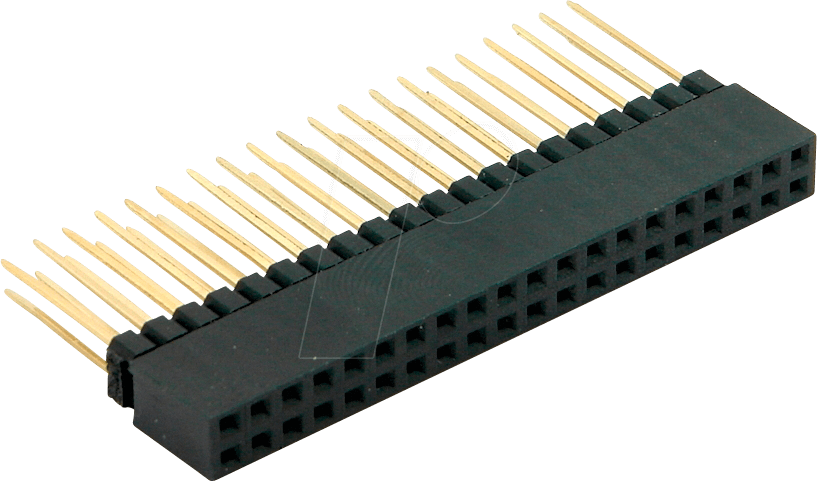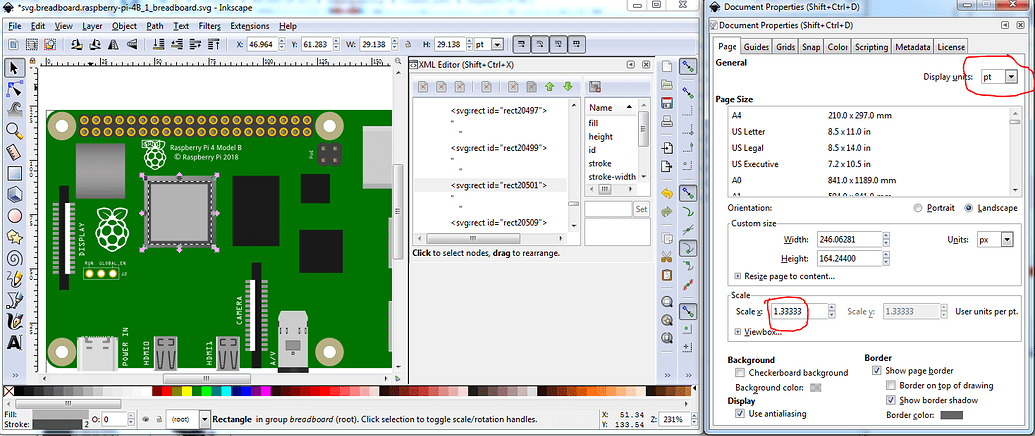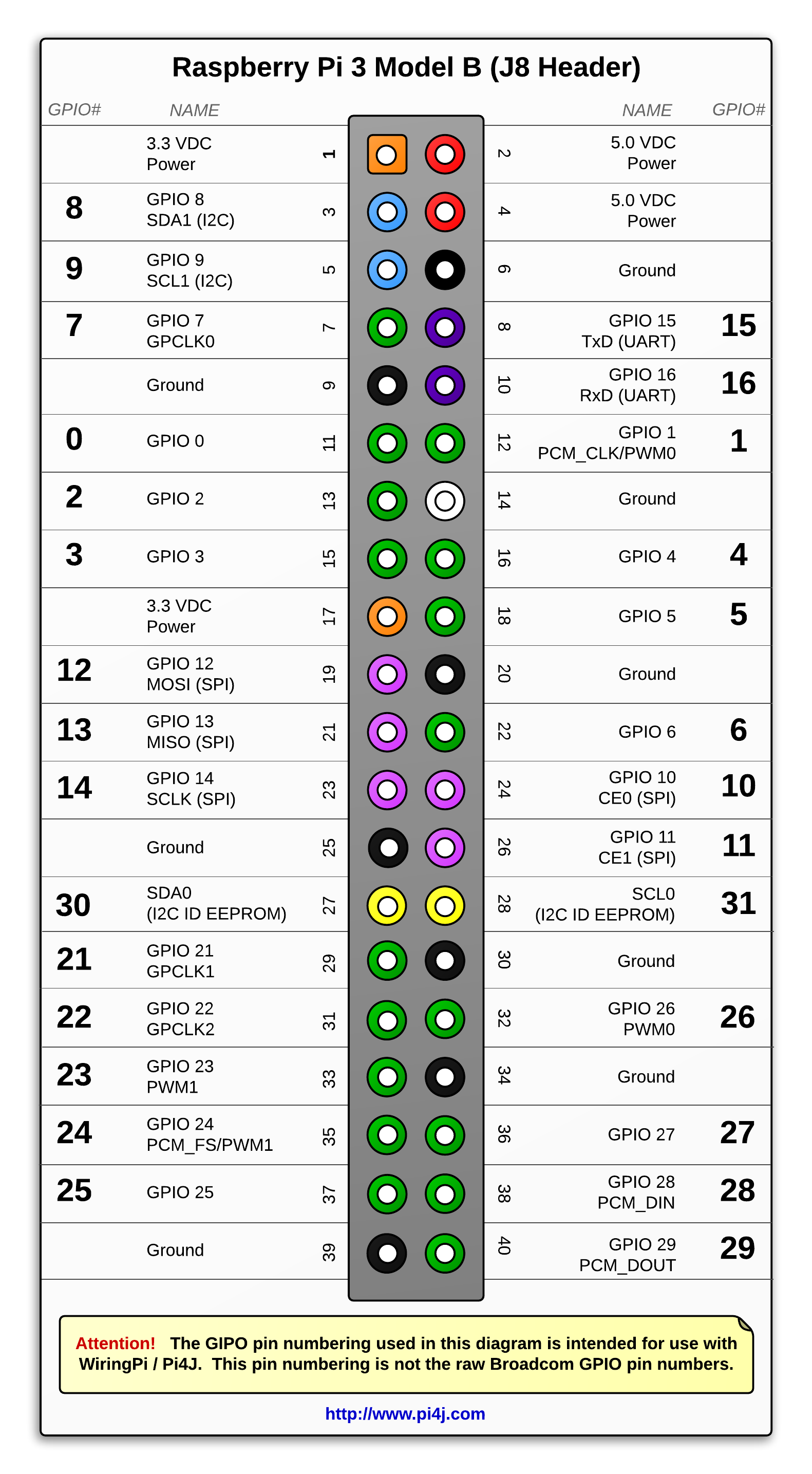


But the connector doesn't have detailed labeling, and the native pin arrangement is somewhat scattershot. This makes it possible to attach a Qwiic Adapter that will get your SparkFun I 2C sensor or actuator onto the Qwiic system.The Raspberry Pi Model B+ has a 40-pin connector that provides access to several communication interfaces, plus GPIO and power. If you already have a handful of SparkFun sensors and parts? SparkFun has been putting our standard GND/VCC/SDA/SCL pinout on all our I 2C boards for many years. For advanced users, you can try to read and write its registers using the i2cget, i2cset and i2cdump commands. Your address may vary depending on what is connected to the I 2C bus. This map indicates that there is a peripheral at address 0圆0. You will get an output from your Raspberry Pi similar to the output below. The 1 indicates that we are scanning for I 2C devices on I 2C bus 1 (e.g. The -y flag will disable interactive mode so that you do not have to wait for confirmation. Enter the following command in the command line. In particular, the i2cdetect program will probe all the addresses on a bus, and report whether any devices are present.

You can get them with the apt package manager. There is a set of command-line utility programs that can help get an I 2C interface working. Which represents the user-mode I2C interface. The Pi should respond with: language:bash Once you return to terminal, enter this command: language:bash


 0 kommentar(er)
0 kommentar(er)
